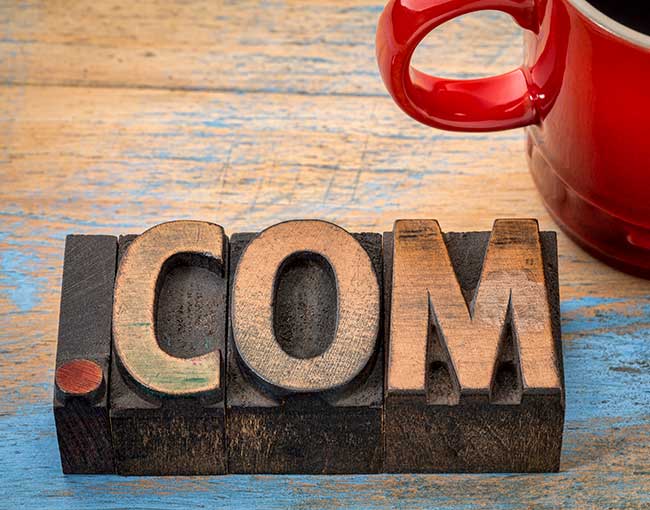When the Internet was young, and the thrills of hypertext linking were still new, hyperlinks were viewed as a potential source of liability. I wrote about linking liability then, and followed up a few years later, as more courts addressed linking in various Internet situations. I concluded that linking is generally low risk, and that conclusion still holds, as we recently noted. If anyone were to write a treatise today on Internet linking liabilities, it would be a thin volume.
Despite early fears of “linking,” “framing,” and “deep-linking” liabilities, few of those cases have arisen, and none have fully succeeded. A highly publicized case in which a law firm objected to links to its attorney biographical pages, for example, was settled before the legal argument was tested. And the Canadian Supreme Court in Crooks v. Newton in 2011 rejected an explicit liability-by-linking claim of a plaintiff who claimed that a publisher should be liable for defamatory matter in hyperlinked pages.
A recent decision from the U.S. District Court for the Southern District of New York, Adelson v. Harris, goes one step farther — it recognizes that hyperlinks can serve as a defense when they provide important support for claims made in the underlying text.
In that case, Sheldon Adelson sued a Jewish political organization over a press release alleging that he had “’personally approved’ of prostitution.” Adelson claimed the claim was libelous and was not protected by any privilege, because the press release didn’t attribute the charge to any official proceeding.
The court noted, however, that in the passage at issue, the press release had linked to an Associated Press article that gave the full story of that charge, which a former executive of the Sands Hotel in Macau had made against Adelson in the course of a lawsuit. The AP article included Adelson’s denial of the charges.
The organization raised the “fair report” privilege in its defense. This is the privilege that anyone has to report and repeat claims made in official government proceedings, including civil lawsuits, so long as the claims are attributed to that source and fairly report the gist of the proceeding. The issue in the case became whether the hyperlink satisfied that attribution requirement. Adelson claimed that while the AP report was privileged as a fair report of the lawsuit, the organization’s press release was not because it did not explicitly refer to the lawsuit.
The court held that the hyperlink to the AP report was sufficient to satisfy the attribution requirement. Internet users, the court explained, understand hyperlinks, what they do (link one webpage to another), and how they work. They understand that the classic purpose of a hyperlink is to serve as a kind of live footnotes; it’s an active attribution to source material. And, moreover, encouraging use of hyperlinks is good public policy; “it fosters the facile dissemination of knowledge on the Internet,” the court noted.
Adelson argued that attributions had to be contained within the four corners of the publication. But the court dismissed that claim as “a type of formalism that is misplaced in Internet defamation law.” It also held that the hyperlink sufficiently attributed the statements made to an official proceeding, at least in the context of the press release at issue, which also used the words “reportedly” and “reports” to signal to the reader that the hyperlink connected to the source of information.
Thus, the court found that the statements in the press release were protected by the fair report privilege. The hyperlink here was clearly not a source of liability; it was the source for a successful defense.
We’ll likely hear more on this case; Adelson has since appealed to the Second Circuit.
Mark Sableman is a partner in Thompson Coburn’s Intellectual Property group. He is the editorial director of Internet Law Twists & Turns. You can find Mark on Twitter, and reach him at (314) 552-6103 or msableman@thompsoncoburn.com.


